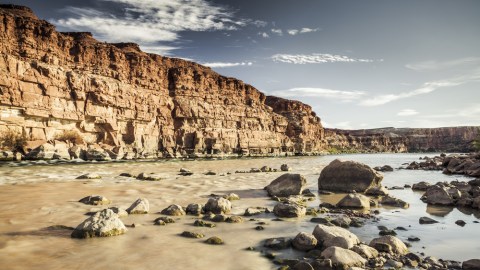How to Replenish an Ecosystem

What’s the Latest?
The Colorado River has reached the Gulf of California for the first time in 16 years, thanks to the combined efforts of the American and Mexican governments to restore the Colorado Delta after decades of damming and irrigation had caused it to dry. The reuniting of the river with its natural outlet is a result of a pulse flow beginning at the Hoover Dam and rolling through the Morelos Dam on the Arizona-Mexico border in March. The raising of the gates at Morelos allows shots of water to burst out, emulating the natural, undiverted springtime flow of the river.
What’s the Big Idea?
The Colorado Delta last felt the touch of the river during the 1998 El Niño, but it’s been several decades since the river flowed regularly though the Delta. As a result, the once-lush ecosystem had become nearly uninhabitable. Eight weeks of river flow coupled with the planting of cottonwoods, willows and mesquite by local conservationists has set the foundation for an unprecedented effort by the two nations to give back to a region from which they have taken so much. As the river carries sediment, nutrients, and freshwater back to the Delta, scientists hope habitats for the region’s plants and wildlife can be resurrected. Although the amount of water currently flowing into the Delta is minuscule compared to the pre-dam era, the table has been set for a long-term revitalization that may serve as a model for future endeavors to rejuvenate parched ecosystems elsewhere.
Read More at National Geographic





